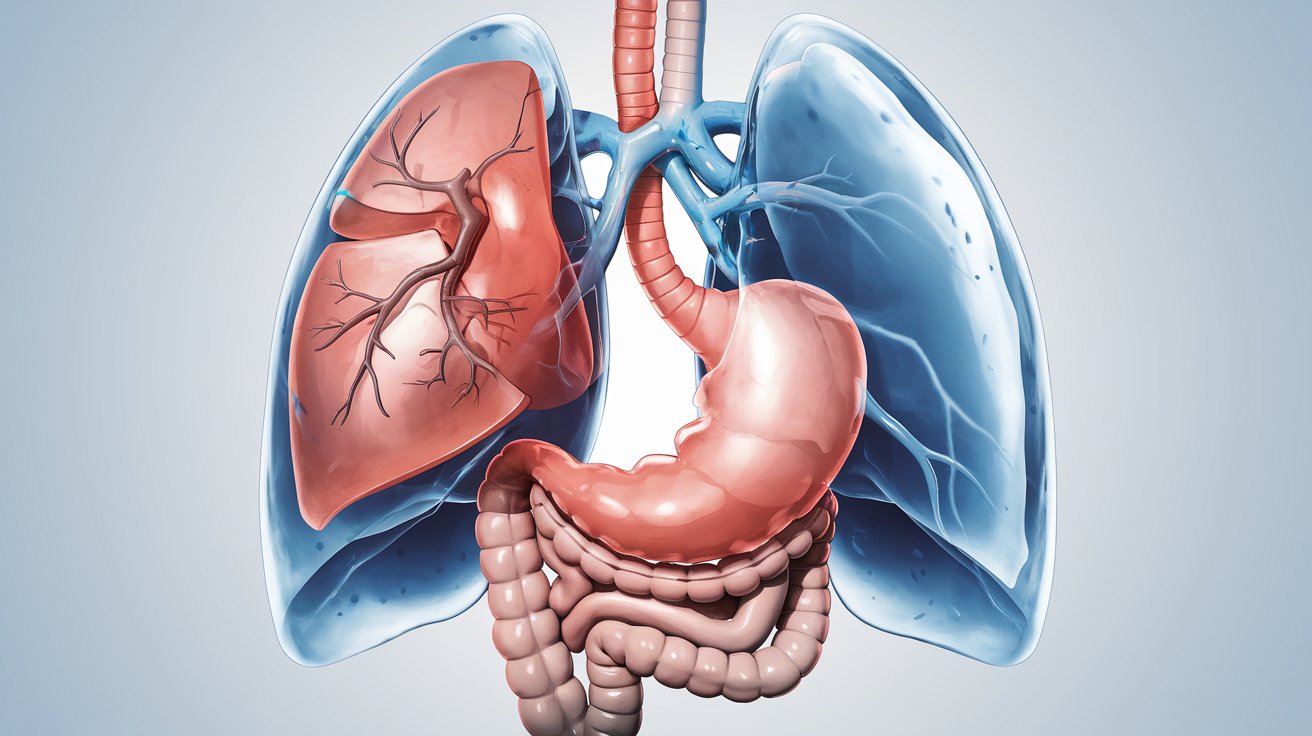
Congenital Diaphragmatic Hernia (CDH) is a rare birth defect where a hole in the diaphragm allows abdominal organs to move into the chest, hindering lung development. Affecting about 1 in 2,500 births, CDH can lead to serious complications. Early diagnosis through prenatal ultrasound is crucial for planning treatment. Symptoms often include difficulty breathing, a fast heart rate, and a sunken abdomen. Treatment usually involves surgery soon after birth to repair the diaphragm. Long-term care may be necessary for respiratory and developmental issues. Understanding CDH helps parents and caregivers prepare for the challenges ahead.
Key Takeaways:
- Congenital Diaphragmatic Hernia (CDH) is a rare birth defect affecting 1 in 2,500 live births worldwide, causing breathing difficulties in newborns due to underdeveloped lungs. Early detection and a multidisciplinary approach are crucial for successful treatment.
- Treatment for CDH varies, including immediate stabilization of breathing, surgery, and long-term follow-up care. Research and advances offer hope for improved detection and potential treatments, while support groups provide resources for affected families.
What is Congenital Diaphragmatic Hernia?
Congenital Diaphragmatic Hernia (CDH) is a birth defect where there's an abnormal opening in the diaphragm. This opening allows organs from the abdomen to move into the chest cavity, which can cause serious complications. Let's dive into some fascinating facts about CDH.
- CDH occurs in approximately 1 in every 2,500 live births worldwide.
- The diaphragm is a muscle that separates the chest cavity from the abdominal cavity.
- CDH can be detected through prenatal ultrasound as early as 18-20 weeks of pregnancy.
- There are two main types of CDH: Bochdalek hernia and Morgagni hernia.
- Bochdalek hernias are more common, accounting for about 85% of CDH cases.
- Morgagni hernias are less common and usually occur on the right side of the diaphragm.
- CDH can cause severe respiratory distress in newborns due to underdeveloped lungs.
- The exact cause of CDH is still unknown, but it is believed to involve genetic and environmental factors.
- Babies with CDH often require immediate medical attention after birth.
- CDH can lead to pulmonary hypoplasia, a condition where the lungs are smaller than normal.
Symptoms and Diagnosis of CDH
Understanding the symptoms and how CDH is diagnosed can help in early detection and treatment. Here are some key points to consider.
- Symptoms of CDH in newborns include difficulty breathing, rapid breathing, and a bluish tint to the skin.
- CDH can also cause a sunken abdomen and a barrel-shaped chest.
- Prenatal diagnosis of CDH is often made using detailed ultrasound imaging.
- Fetal MRI can provide additional information about the severity of CDH.
- After birth, a chest X-ray can confirm the diagnosis of CDH.
- Echocardiograms are used to check for heart defects that may accompany CDH.
- Genetic testing may be recommended to identify any underlying genetic conditions.
- CDH can sometimes be associated with other congenital anomalies.
- Early diagnosis of CDH can improve the chances of successful treatment.
- A multidisciplinary team approach is often used to manage CDH cases.
Treatment Options for CDH
Treatment for CDH varies depending on the severity of the condition. Here are some common treatment options.
- Immediate stabilization of the newborn's breathing is crucial.
- Mechanical ventilation may be needed to help the baby breathe.
- Extracorporeal membrane oxygenation (ECMO) can be used for severe cases.
- Surgery is typically required to repair the diaphragmatic defect.
- The timing of surgery depends on the baby's overall health and stability.
- Minimally invasive surgical techniques are sometimes used for CDH repair.
- Post-surgery, babies may need prolonged respiratory support.
- Nutritional support is important for babies recovering from CDH surgery.
- Long-term follow-up care is essential for monitoring growth and development.
- Some babies with CDH may require additional surgeries or interventions.
Long-term Outcomes and Prognosis
The long-term outcomes for babies with CDH can vary widely. Here are some important facts about prognosis and long-term care.
- Survival rates for CDH have improved significantly over the past few decades.
- The severity of lung hypoplasia is a key factor in determining prognosis.
- Some children with CDH may experience chronic lung disease.
- Developmental delays and learning disabilities can occur in some cases.
- Regular follow-up with a pediatric pulmonologist is often recommended.
- Gastroesophageal reflux is common in children with CDH.
- Physical therapy may be needed to address motor skill delays.
- Early intervention services can help with developmental milestones.
- Psychological support for families is important for coping with CDH.
- Research is ongoing to improve treatment and outcomes for CDH.
Research and Advances in CDH
Ongoing research and medical advances are crucial for improving the understanding and treatment of CDH. Here are some recent developments.
- Advances in prenatal imaging have improved early detection of CDH.
- Fetal surgery is being explored as a potential treatment for severe CDH cases.
- Stem cell therapy is being investigated for lung regeneration in CDH.
- Genetic research is helping to identify potential causes of CDH.
- Animal models are used to study the development and treatment of CDH.
- New surgical techniques are being developed to improve outcomes.
- Long-term studies are tracking the health of CDH survivors into adulthood.
- Collaboration between researchers and clinicians is key to advancing CDH care.
- Support groups and organizations provide resources for families affected by CDH.
- Awareness campaigns are helping to educate the public about CDH.
Final Thoughts on Congenital Diaphragmatic Hernia
Congenital Diaphragmatic Hernia (CDH) is a serious condition that affects newborns. Understanding CDH can help parents and caregivers provide better support for affected children. Early diagnosis and treatment are crucial for improving outcomes. Advances in medical technology have made it possible for many children with CDH to lead healthy lives.
Support groups and resources are available for families dealing with CDH, offering emotional and practical assistance. Awareness and education about CDH can lead to earlier detection and better care.
By staying informed and connected with medical professionals, families can navigate the challenges of CDH more effectively. Remember, knowledge is power, and being well-informed can make a significant difference in the lives of children with CDH.
Frequently Asked Questions
Was this page helpful?
Our commitment to delivering trustworthy and engaging content is at the heart of what we do. Each fact on our site is contributed by real users like you, bringing a wealth of diverse insights and information. To ensure the highest standards of accuracy and reliability, our dedicated editors meticulously review each submission. This process guarantees that the facts we share are not only fascinating but also credible. Trust in our commitment to quality and authenticity as you explore and learn with us.


